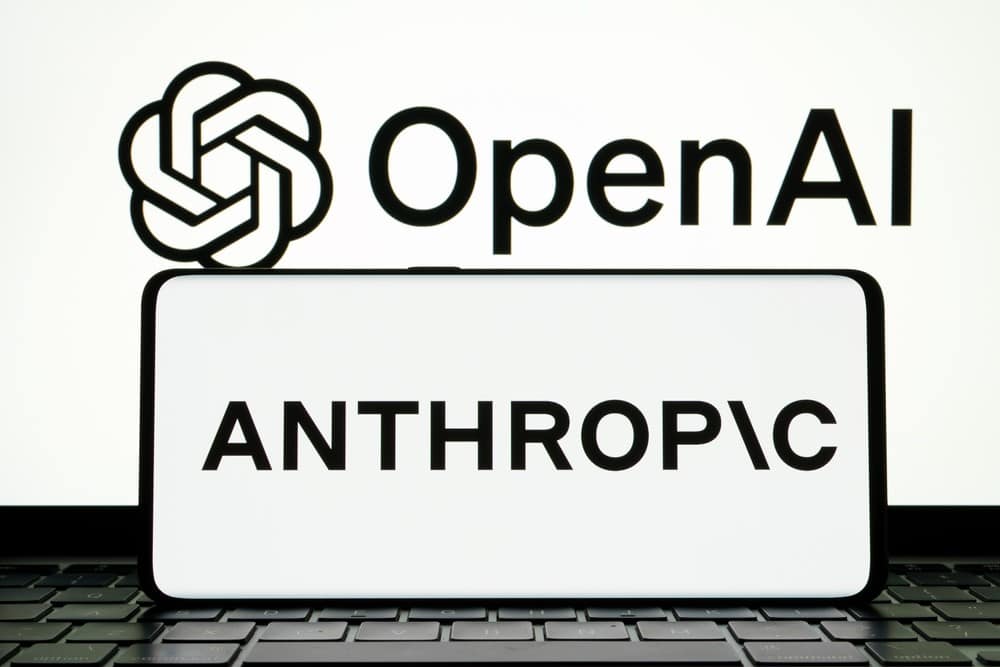Microsoft’s recent decision to integrate Anthropic technology into Office 365, alongside its existing partnership with OpenAI, marks a significant shift in its artificial intelligence strategy. This move is designed to diversify its AI suppliers, reduce dependency on a singular source, and ultimately enhance the performance of AI functionalities across its suite of applications, such as Word, Excel, Outlook, and PowerPoint. The decision reflects a growing trend among large software enterprises, where leveraging various AI capabilities from different suppliers can lead to improved overall software effectiveness.
Historically, Microsoft has placed substantial investments into OpenAI, totaling over $13 billion. This collaboration allowed the company to establish a strong foothold in the AI landscape, enabling the development of sophisticated functionalities that are now integrated into many of Microsoft’s flagship products. However, as the AI ecosystem evolves, the company seems to recognize the limitations of a single-partner model. Reports indicate that developers within Microsoft have observed Anthropic’s models outperforming those of OpenAI in specific applications—most notably in automating complex financial calculations in Excel and generating visually engaging presentations in PowerPoint. This incremental advantage can make a substantial impact in business environments where efficiency and creativity are paramount.
The decision to bring Anthropic’s capabilities into the fold is particularly interesting given that Microsoft is now utilizing Amazon Web Services (AWS) for this collaboration, a platform that exists as a direct competitor to Microsoft’s Azure. This aspect emphasizes that while competitive dynamics between Microsoft and AWS remain intense, the quality of the AI offerings has driven Microsoft to pursue opportunities outside its traditional framework. By tapping into Anthropic’s unique models, Microsoft demonstrates a willingness to prioritize overall AI performance over strict adherence to internal supplier relationships.
Despite integrating Anthropic’s solutions, Microsoft has reiterated its commitment to continue its work with OpenAI. This duality allows Microsoft to access frontier models—the most advanced forms of AI technology—produced by OpenAI. The recent launch of GPT-5 exemplifies OpenAI’s continued innovation in the sector, showcasing improved quality metrics that affirm Microsoft’s strategic decision to maintain this key relationship. However, it is notable that experts have suggested Anthropic’s Claude Sonnet 4 provides superior outputs in creative applications, underscoring the nuances that different models bring to specific tasks.
In parallel with these collaborations, Microsoft is also investing in its own AI technologies, particularly the DeepSeek model, which aims to enhance capabilities within its Azure platform. Given the burgeoning demand for AI services across industries, developing proprietary models may not only position Microsoft competitively but also create unique selling points that differentiate its offerings in a crowded market.
From a business perspective, the multifaceted approach Microsoft is adopting can be viewed through the lens of cost, return on investment (ROI), scalability, and overall strengths and weaknesses of the different technologies in question. When comparing AI and automation platforms such as OpenAI and Anthropic, each has distinct advantages. OpenAI, with its significant funding and advanced capabilities, often leads in areas like natural language processing and linguistic versatility, making it well-suited for tasks that require extensive language comprehension. Conversely, Anthropic, emerging as a strong contender, often excels in creative and contextual outputs, as evidenced by its performance in presentation generation.
In assessing costs, Microsoft’s continued relationship with OpenAI likely entails significant financial commitments, but the anticipated ROI from deploying high-quality AI functions across its software portfolio could justify these investments. On the other hand, Anthropic’s models, while possibly more cost-efficient, will require a careful evaluation of their output quality to ensure that enhancements in specific areas provide the desired economic benefits.
Scalability is another essential consideration. Microsoft’s expansive ecosystem offers inherent advantages in scaling AI solutions due to its established infrastructure and user base. A successful integration of Anthropic’s offerings could result in rapid adoption across Office 365 applications. However, this also raises questions about maintaining service quality and performance during scaling, as different AI technologies can introduce variability in user experience.
In order to thrive in a competitive landscape, it is imperative for organizations to remain agile and explore multiple technology partnerships. By fostering a diversified AI strategy, as exemplified by Microsoft’s latest maneuvers, businesses can better align technology solutions with the specific demands of their operational needs.
As organizations evaluate the merits of various AI and automation platforms, it is crucial to prioritize service quality, integration flexibility, and long-term scalability. The future of AI-driven solutions will likely emphasize not only the technological prowess but also the strategic alliances that companies forge.
FlowMind AI Insight: Microsoft’s integration of Anthropic technology alongside OpenAI signals a strategic pivot towards diversified AI sourcing, aimed at enhancing application performance. For SMB leaders and automation specialists, this case illustrates the importance of exploring multiple technology partnerships to drive innovation, efficiency, and competitive differentiation in their service offerings.
Original article: Read here
2025-09-10 06:44:00

